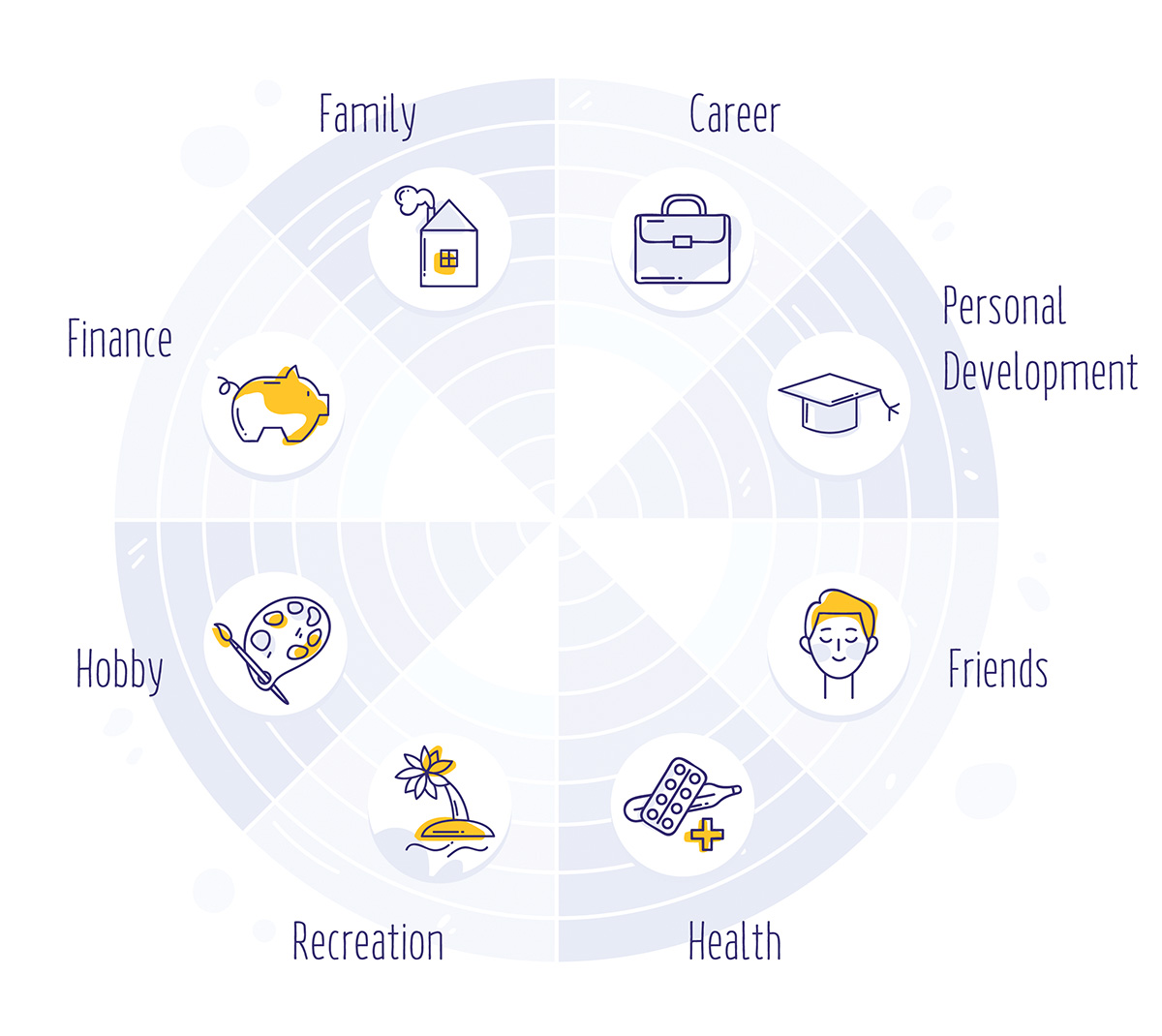
A healthy work-life balance is the ultimate aspiration for many working people. In its imagined state, work-life balance is a perfect symmetry that contains just the right amount of time allocated to work, play, family, hustle, exercise, self-care, spirituality, rest, and everything else that makes up a personalized blend of all that represents true happiness.
But is that perfect balance realistic? For most of us, it’s an elusive goal with too many elements that are impossible to sync. Many people who are focused on balance feel like they’re always under the gun at work and at home, and then life becomes a series of obligations with few choices. When you live like that, it feels like outside factors are determining everything for you, and you never have any time for yourself.
Should work-life balance even be a goal? Shennice Cleckley, a business coach and keynote speaker who specializes in building business strategies for entrepreneurs, says no. “When you hear balance, you want everything to be equal,” she says. “But unfortunately, life is not equal. So you can’t give equal parts of your time, equal parts of your energy, to everything. You’ll go crazy trying to do that because you’ll be stretched all over the place.”

Business coach Shennice Cleckley
Instead, Cleckley encourages people to strive for work-life harmony. Like music, our lives involve natural ups and downs, times when things move fast and times when the tempo slows. Instead of trying to even everything out with the hope of forcing a tenuous balance, it’s more realistic and effective to embrace the variations and find the harmony created by moving fast and slowing down as needed.
“When you look at work and life in that way, you’re going to have seasons when you’re working really hard, you’re hustling, and you have times when it will be quieter, consistent, easy,” says Cleckley. “You have to give yourself permission to be OK with not always frantically hustling all over the place.”
Work hard when it’s time to hustle. Enjoy the times when you’re not busy.
The harmony in this approach evolves from your ability to establish objectives based on your core values. Consider what abundant living means to you. Is it spending time with your family? Traveling? Volunteering? Investing in side projects or new business ventures? Work-life harmony gives you choices. You choose where to allocate energy and how to block off time according to your values.
Making these choices helps you establish a clear understanding of what’s important to you. With this foundational knowledge, you can separate yourself from your business to build a more harmonious ebb and flow in your schedule. “Change your thinking by determining that your business life and your personal life do not have the same priorities,” says Cleckley. “Your business provides for you, but your business should never define you.”

Cleckley advances nine strategies to stop balancing and start creating harmony:
1. Gratitude and affirmation. Gratitude is thankfulness for what you have. Affirmation is what you believe about yourself. Begin your search for work-life harmony by getting into the right mindset and appreciating who you are and what you already have.
2. Know yourself. Understand your personality, including your strengths and weaknesses. Cleckley recommends doing a SWOT (strengths, weaknesses, opportunities, and threats) analysis on yourself—not your business. That way you’ll be more aware of the challenges you face going through this process.
3. Time blocking. Arrange your calendar with blocks of time reserved for critical tasks. This encourages you to focus on one item at a time instead of jumping back and forth between tasks, which is a time waster.
4. Family agreements. Let your family know what your commitments are, what you can and can’t do, and what they can expect from you.
5. Calendar audit. How much time are you spending on things that really matter? Audit your schedule to see where time is bleeding away on less important tasks and how you can allocate more time for what’s most important.
6. Shorten your to-do list. Most people put too many tasks on their list. Instead of trying to list everything, limit yourself to about three to five priority items.
7. Automation and standard operating procedures. Remove time-consuming thought processes by streamlining repetitive tasks. If you have to do a certain task multiple times, create a system or use automation to save time.
8. Disconnect. Turn everything off every now and then. Disconnect and do an activity that allows your mind to rest. Once refreshed, you’ll come back more focused.
9. Find a sacred space. Find a place or an activity that fills you back up emotionally—something that is just for you.
“You’re not supposed to have time for everything. You’re supposed to have time for what’s important.”
Shennice Cleckley
TIME MANAGEMENT
Many of Cleckley’s strategies revolve around time management, since the race with the clock is a constant stressor for many people. Her advice is to focus on your mindset first, then implement the time management tactics. “The first thing people say when they’re trying to achieve work-life balance is, ‘I don’t have time to do everything,’” says Cleckley. “Well, you’re not supposed to have time for everything. You’re supposed to have time for what’s important.”
FEELING “DONE”
The concept of feeling “done” is central to work-life harmony. Most people just work and work and work, filling up an allocated span of time because they think that’s what they’re supposed to do to be successful. With this approach, it’s difficult to evaluate where you were successful and where you were spinning your wheels because you didn’t provide a way to measure yourself.
To figure out how you know you’re done, Cleckley suggests reverse engineering your life based on your priorities. Decide what you want to accomplish in all aspects (work, personal, faith, etc.) over the course of a year. Write it out in narrative form. Turn that narrative into strategic goals and milestones for each quarter. Then break it down monthly. Then weekly. Then daily. This gives you a plan for how many clients you need to see each day, how many phone calls you need to make, how many sales you need to close, and all the other tasks that go into your overall plan.
Jeff Kent is the editor-at-large.


